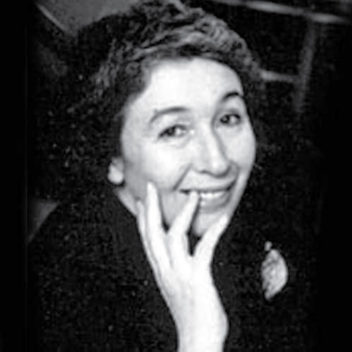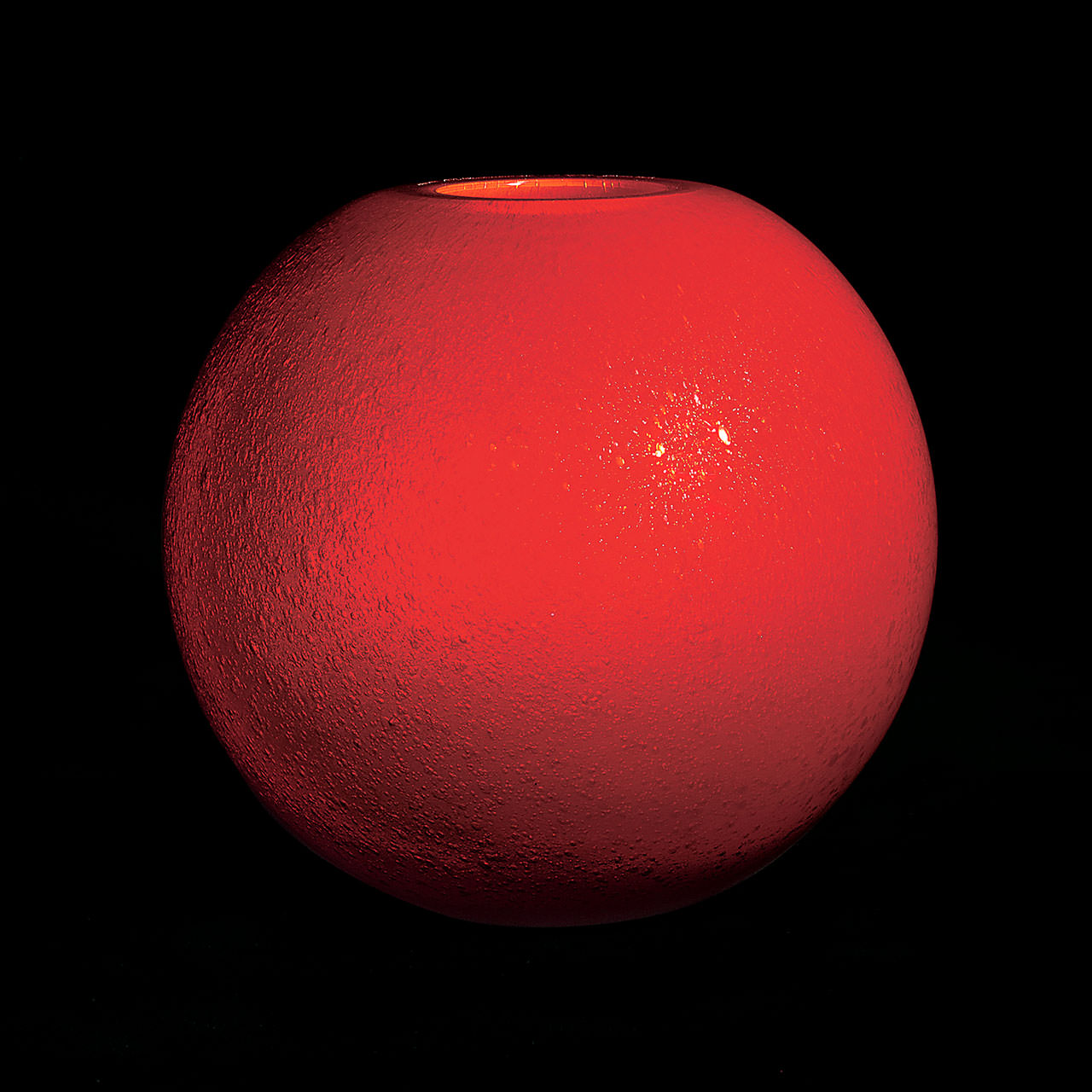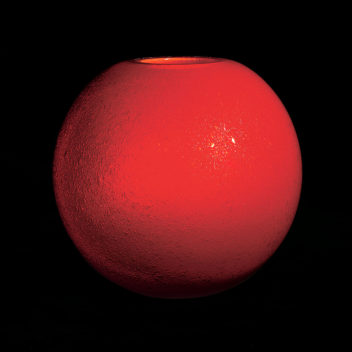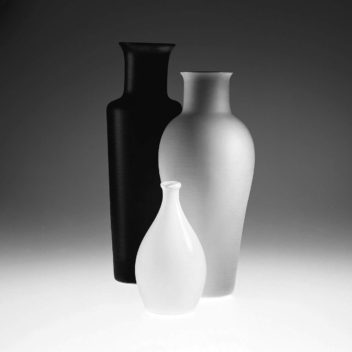
Gae Aulenti 1927–2012
Born in Palazzolo dello Stella (Udine), Gae Aulenti graduated in architecture at the Politecnico in Milan in 1953. From 1955 to 1963, she was the editor of Casabella magazine. She worked prevalently in the field of architecture and was responsible for significant museum renovations such as the transformation of the Gare d’Orsay into the Musée d’Orsay in Paris (1980-1987), the new exhibition design for the Musée d’Art Moderne of the Centre Pompidou in Paris (1982), the renovation of Palazzo Grassi in Venice (1986), and the restoration of the Catalan Museum in Barcelona. Her later works include the renovation of the Spazio Oberdan in Milan, where she also designed the renovation of Piazzale Cadorna. She designed showrooms for Fiat and Olivetti, as well as theatre productions. Since the late ’50s, she had also taken an interest in product design, producing a variety of objects, mostly furniture and lamps, for companies such as Poltronova, Knoll, Zanotta, Fontana Arte, and Venini.


